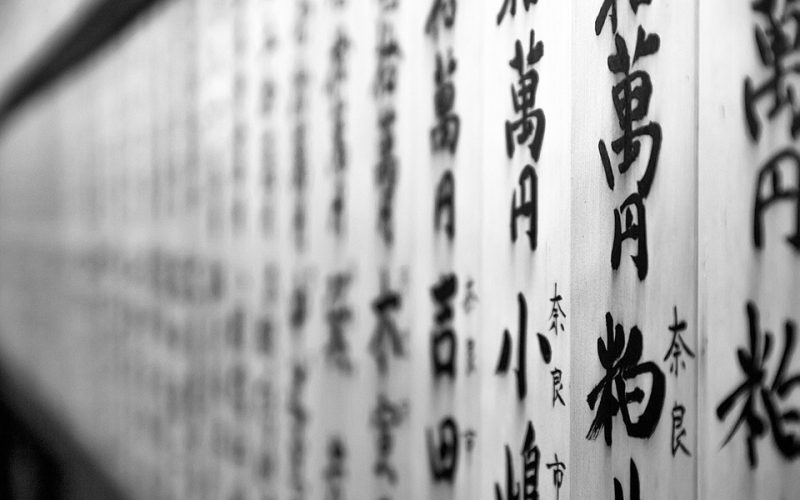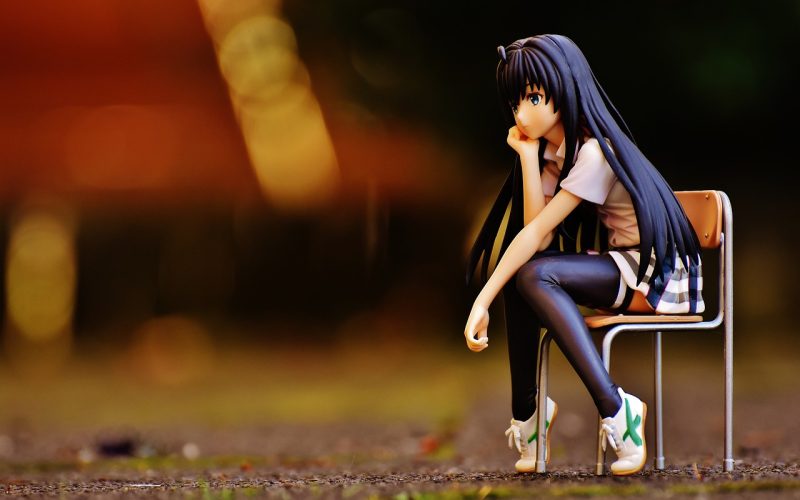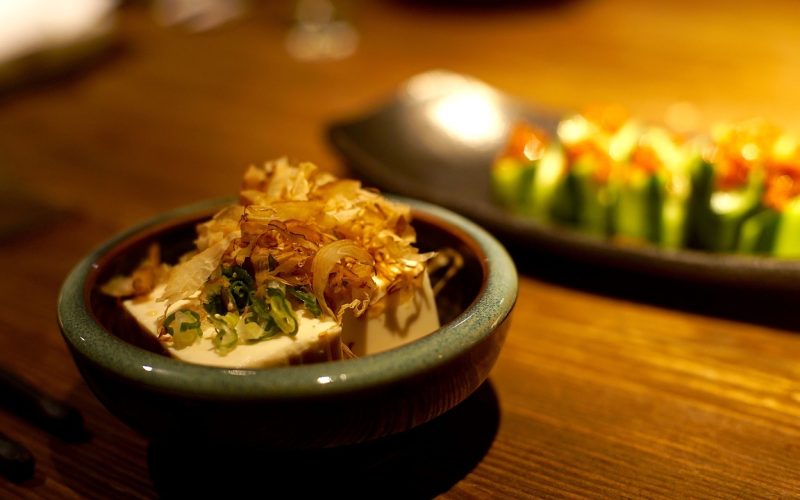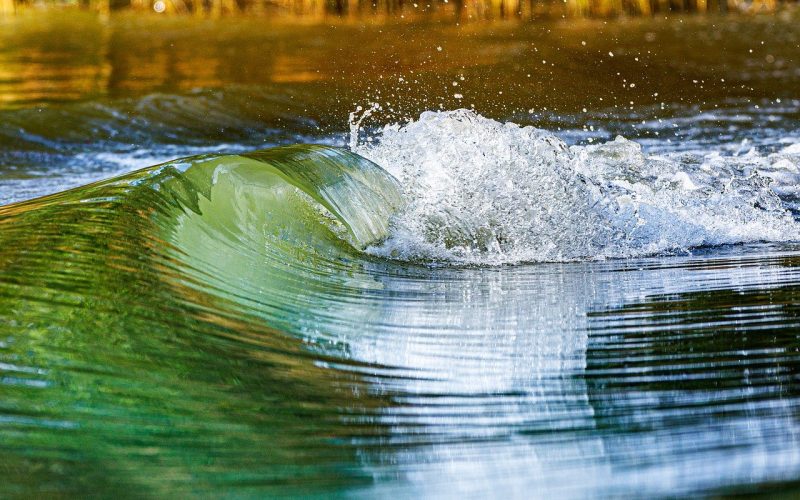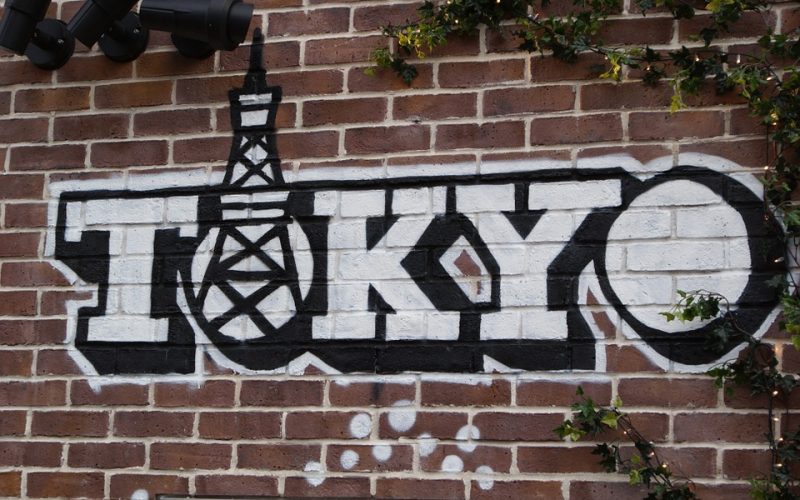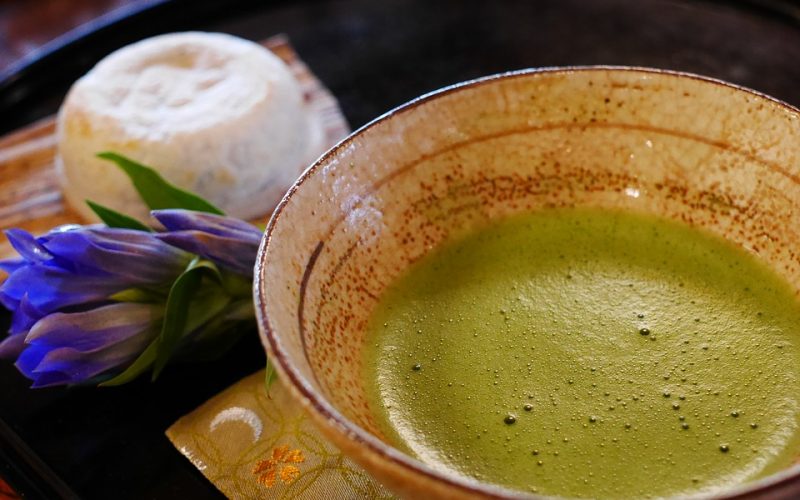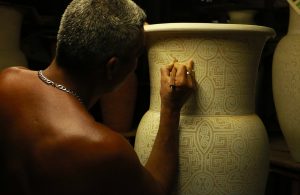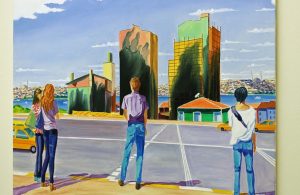Archaeologists have discovered many ancient sites in Japan that contained pottery shards. Some of these pieces have been dated as old as 12,000 years. This is a culture that has long experience in producing both pottery and ceramic items. There is little wonder that some of the world's finest art objects are Japanese pottery and ceramic pieces. Even today, Japanese artists continue to excel in producing beautiful works of ceramic art. As a whole, they use very different techniques than many other cultures when producing their art.
Much of the art produced in Japan reflects their culture. The Japanese are, in many ways, minimalists. Their way of life does not have room for any excesses. Their homes and business offices tend to be smaller than those found in the West. Where a European or American home has room for plenty of knickknacks, the Japanese home does not. The tradition of minimalism has been kept when it comes to decorating these beautiful pieces.
Much of the decorations on Japanese ceramics are not done with different colors of paint or stain. Pieces often have muted colors or only a few colors. While there are pieces that have bright color on them, it is not always the focal point of a piece. A vase may have several colors, but they are kept in the background. Often they are used as highlights rather than the main focus of the piece. Because of the muted colors, the shape or form of the object becomes more important. When colors are used as a focal point, they are not Western either. A single color, without layering or further embellishment, is one way to add interest and highlight a particular form.
Alternative ways of decorating modern art objects are also used by Japanese artists. One of the ancient ways texture was achieved was to press rope into the clay while it was still wet. This simple technique is still in use today. Modern artists use the pattern, often without color, to make their statements. They texture the form they have created as if the texture alone provides all the embellishment necessary. Adding multiple layers of slip and burning ash in the kiln is also used by Japanese artists. This gives color variations without adding more colors. It is used to add texture to pieces without adding embellishments.
